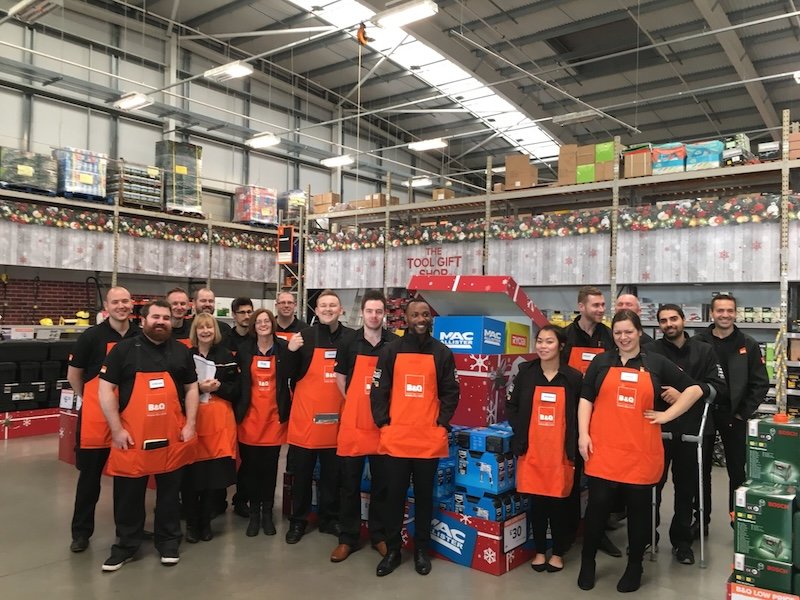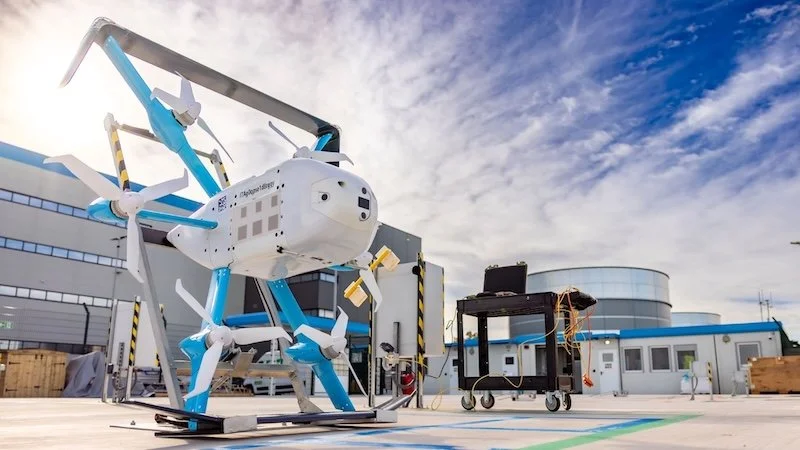Optimising production lines in 2024 - Looking to the future
As we get closer to 2024, we’re still seeing advances in production processes that boggle the mind. Businesses that are able to leverage these increasingly efficient solutions early on often gain that competitive advantage necessary to thrive in today’s competitive environment.
It can be difficult to predict what the future might hold, and even harder to decide where to focus your energy. With that in mind, let’s explore some of the most exciting optimising tools that are hitting the market at the moment.
Automated loading systems
Global supply chains are the norm in the modern world, and as a result, production lines depend on the logistics process to work as smoothly as possible. This means getting items in and out of the factory or warehouse as quickly as possible, while minimising any accidents.
Automated loading solutions from companies such as Joloda Hydraroll have changed the game in recent years. Not only are they far more efficient than traditional loading solutions, but they also require a fraction of the number of employees to operate them.
This can lead to savings in wage costs, as well as decreases in the frequency of workplace accidents and injuries.
Robotics
Robotics technology has been used in production lines for years now, but not all robotics solutions are born equal.
With increasingly sophisticated hardware and software, such as AI powered tools, we’re seeing increasingly capable robotics technologies that are able to handle more and more complicated tasks.
This can significantly increase the overall efficiency of production lines, while also decreasing the number of human operators needed overall.
3D printing
In some industries, the increasing capability and efficiency of 3D printing solutions will be revolutionary.
Not only can it be instrumental in the design process, but it can also facilitate the manufacture of an incredibly wide range of components on-site, without having to ship things in from all over the world.
These technologies have gone from science fiction to cost-effective and highly reliable in a matter of years, and we will likely all be surprised by how quickly things develop in years to come.
Recycling and reuse
Finally, more and more organisations appear to be recognising the importance of reuse and recycling.
With certain raw materials becoming increasingly scarce and expensive, often, it’s far more efficient to work out how materials from old, redundant products can be reintegrated into the production line.
This is obviously far more viable in some industries than it is in others, but as this concept is brought into the design process itself, we’re likely to see these kinds of sustainable practices have a positive impact on the efficiency of production lines.
While it is difficult to predict the future, the optimisation solutions listed above aren’t difficult to believe, because they’re already happening.
Businesses need to make sure that they’re up to speed in these areas; there simply isn’t the leeway in most industries to lose out to competitors. As logistics solutions and raw materials become increasingly sought after, businesses will need to optimise wherever possible in their production lines and beyond.















Continue reading…